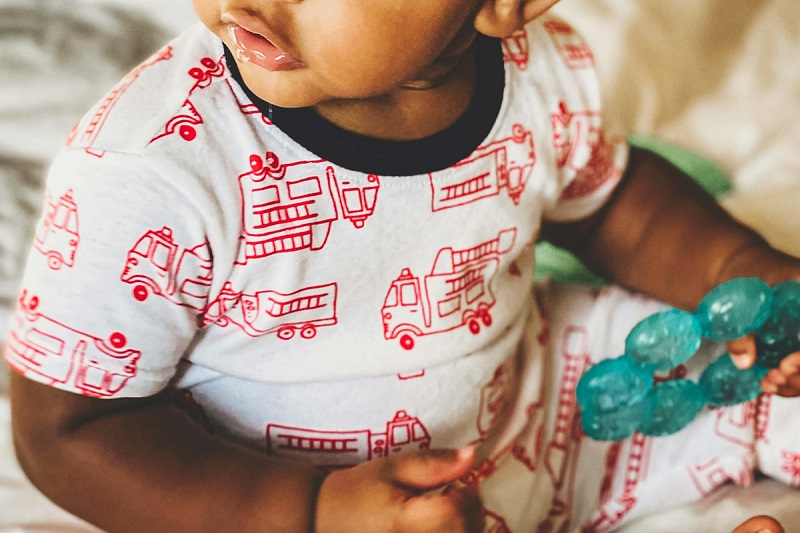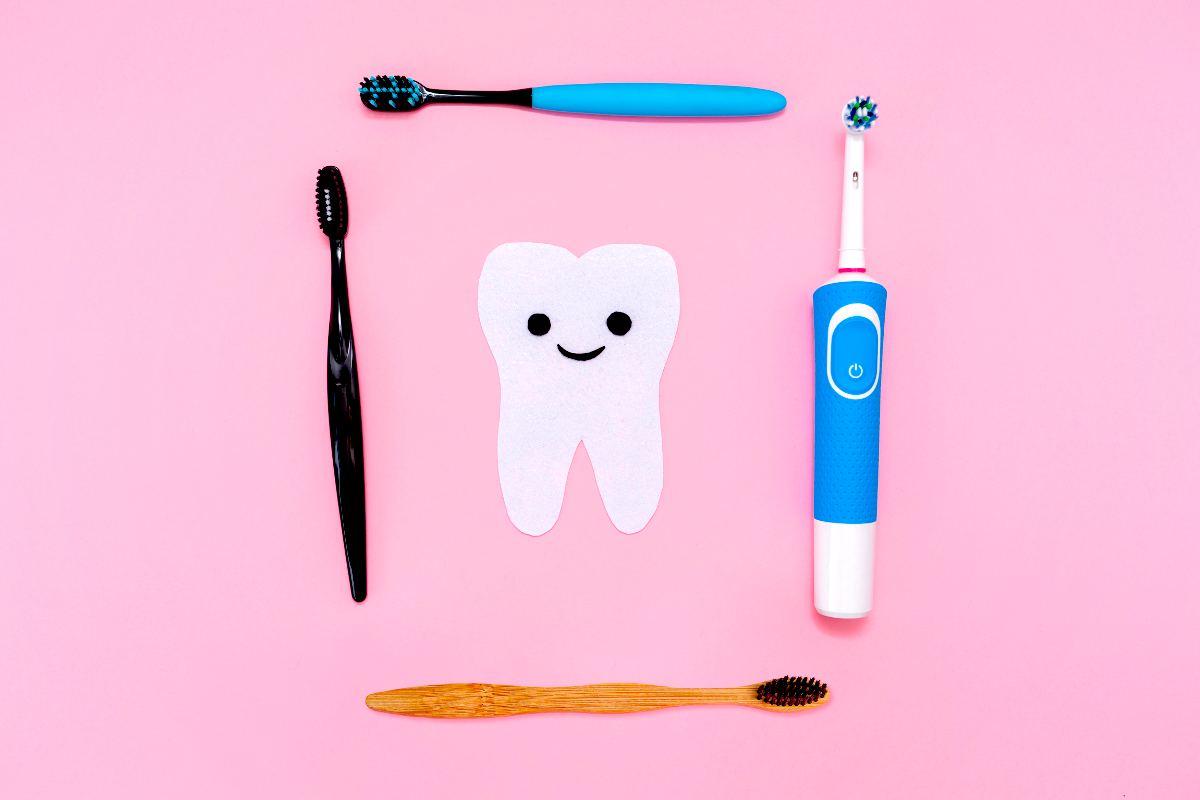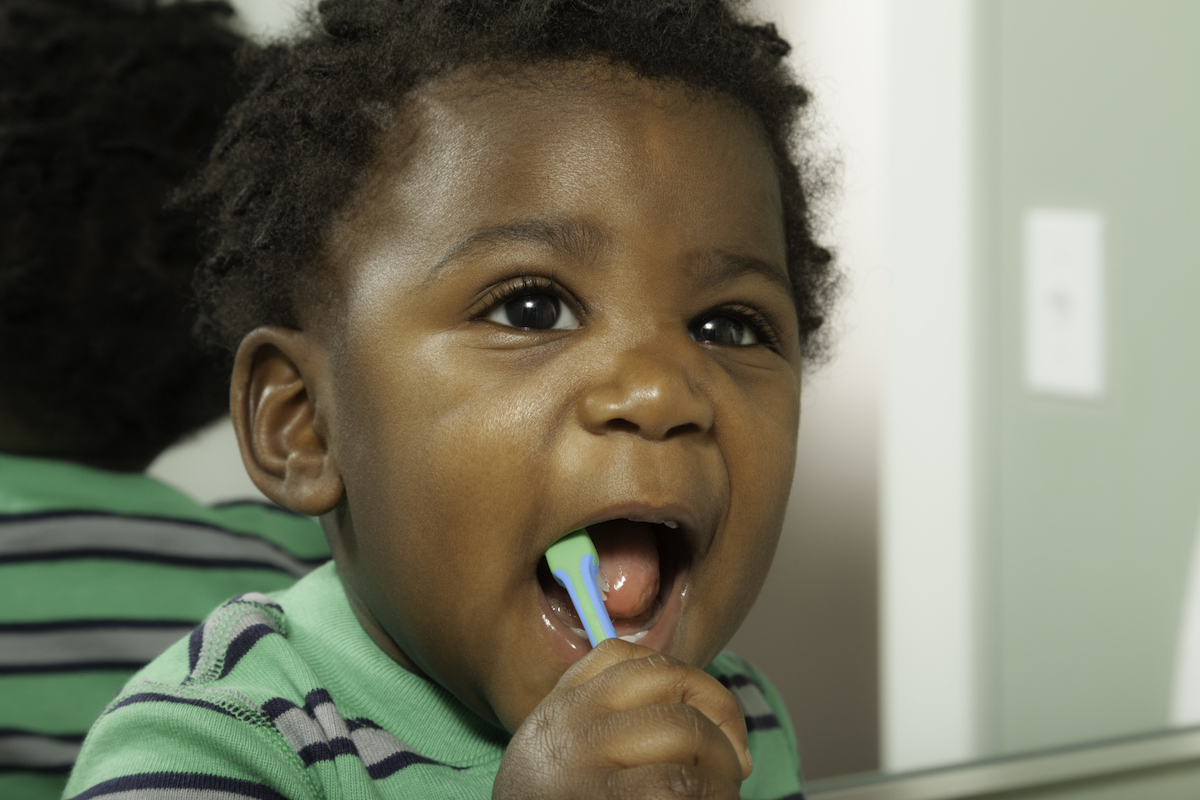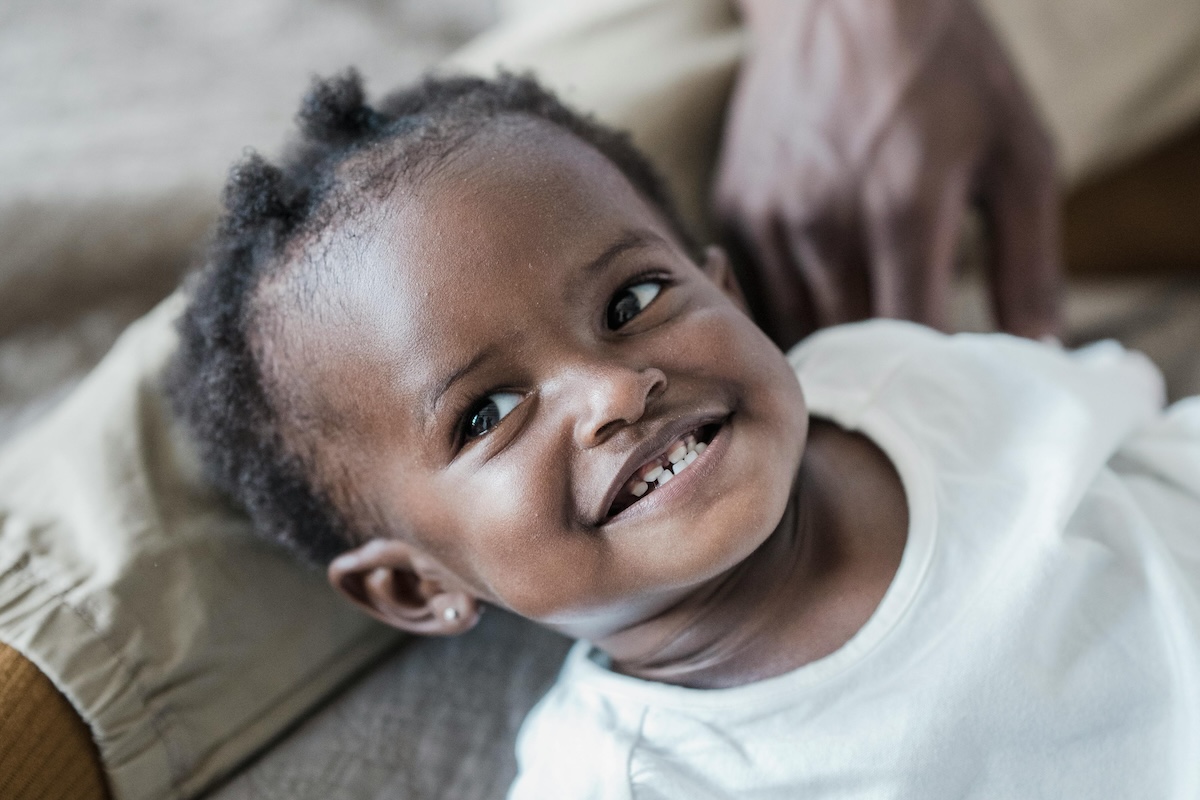Teething gets a very bad rap. Infants getting teeth is blamed for all manner of issues — pain, fussiness, drool, crying, diarrhea, fever, irritability, poor sleep, touching ears, and on and on. Basically, whenever a baby between the ages of, say, 6 months and 20 months is acting difficult, it can be attributed to teething.
But is it really the teeth? Here’s the tricky thing: Your child will get 20 teeth between the ages of about 6 months and 3 years (more on timing below). The plausible period in which tooth eruption might bother them is a few days before and the day of eruption (eruption: when the tooth finally comes out of the gums). So there are perhaps 80 days in this period of 2.5 years in which your child’s teeth could be blamed for things.
Over this period, your child will have all of the possible teething “symptoms” many, many times. The vast majority of those times, it will not be the teeth. However, sometimes, your kid will be cranky, and then they will get some teeth shortly after. And you’ll say, “Aha! It was teething!” But you forget all those other times that you thought it was teeth and … no teeth.
We are always looking for explanations for behaviors with our kids, trying to find patterns where (sometimes!) there are none. One of the most consistent aspects of teething literature is that parents consistently attribute symptoms to teething that are not actually data-based symptoms of teething.

When do teeth arrive?
Generally, primary teeth (that’s the technical term for baby teeth) arrive starting as early as 6 months and finishing by the age of 3. Details come from studies like this one that track groups of kids over time and record when their teeth come in. From this type of data, we get a sense of timing, variation, and order.
In that particular study of 70 children, the first tooth arrived at an average of 7.7 months (earliest: 3 months; latest: 14 months). The last of the 20 primary teeth arrived shortly after 2, on average, but as early as 21 months or as late as 30 months. The image below shows the expected order of tooth arrival (the timing is slightly different from the study referenced, but keep in mind that it’s just a range). Most kids get the four front teeth first, followed by the canines, and so on.

The timing of tooth eruption is mostly genetic. If you’re a late tooth-er, your child probably will be, too. However, since this is not actually that important, your parents probably do not remember when you got your teeth, so the situation is unpredictable. This tooth timing is also not something to worry about. Getting teeth early or late has no meaningful information about anything developmental.
The data on when exactly to start brushing them is vague, but it makes sense to start a regular tooth routine at some point in early childhood. This routine should involve fluoride, either in varnish at the doctor’s or dentist’s office, in toothpaste, or both.
Does teething cause any symptoms?
As noted at the top, parents attribute many symptoms to tooth arrival. However, for the most part, the evidence is mixed.
Most evidence we have comes from small studies, like this one, which followed 21 children in a child care setting over time. Over the course of 90 teeth eruption days, the authors found, basically, nothing. The only marginally significant relationship was with parent- (but not teacher-) reported loose stools. And that association went away when they widened the timing to look a few days around the tooth eruption.
In many cases, the results differ between parent perceptions and objective reporting. This study of 270 children found that tooth days were associated with increased reporting of irritability and drooling. But on objective measures — like fever — there was no impact. The study does find an increase in average temperature, from 97.7 to 98.06, which should not be noticeable. Despite this, a very large share of parents reported their child had a fever, even when the objective measure showed they did not.
There is one study — published in 2000 — that followed 125 children over time and collected very detailed information from their parents. In this study, starting four days before and going through three days after each tooth, parents reported increased drooling, biting, sucking, and irritability. They also saw a (very slight) increase in temperature. There were many outcomes with no impacts — fever, diarrhea, cough, other illnesses, etc. This paper finds a slight increase in parent-reported sleep disturbance, although it’s small, and other work doesn’t find that relationship.
A core finding that comes through in this paper is that even though they can point to a few (parent-reported) symptoms that seem associated with teething, nothing is very predictive. So, yes, your kid might be slightly more likely to drool when a tooth is erupting, but seeing a lot of drool isn’t especially predictive since most excess-drool days are not associated with teeth. The associations are significant in a statistical sense, but not very important.
I could go through more papers, but the overall picture is very similar across all of them. There is no evidence that teething is associated with any actual illness symptoms or anything serious. Parents perceive an increase in drooling, biting, and sucking, but seeing those is not especially predictive. Teething does not cause fever in the data, despite what your mother-in-law will tell you!
How should I treat teething?
This question is made somewhat more difficult by the section above. If you have no idea when your child is teething, it’s harder to think about “treating” it.
The paper about symptoms associated with teething that I referenced above ran a randomized experiment that tried a number of approaches to making kids feel better when teething. They find some marginal support for ice rings, rubbing gums, and “cuddle therapy” (the latter is just paying more attention to your kid). They did not find support for eating ice or cold foods. The advantage of these particular recommendations is that they have no downside, and at least “cuddle therapy” probably works well if your child is in a bad mood for other non-teething reasons.
Many parents also use Tylenol or ibuprofen (once your baby is over 6 months) for teething pain. Doctors will generally recommend a “conservative” approach to this, which is confusing because what does that mean? Generally, it means do not use this for too many days in a row or without cause. In the case of teething, one worry is that parents will use this when they think their child is teething, but they are not. This could mean a very high usage rate or masking something else, which is wrong. If you find you’re using painkillers a lot, thinking it’s a tooth and it’s not, it’s worth discussing with your pediatrician.
You should not use Orajel or any other topical products with benzocaine or lidocaine. These can, in rare cases, be very dangerous for your baby.
Finally, here are some myth-based things that do not work! First, amber necklaces. They are a choking hazard and are also not effective. Second, putting an egg in a sock in your child’s room. Yes, this is a real thing, and no, it doesn’t help.
Do baby teeth predict adult teeth?
I lost my first tooth in the second grade. In the first grade, there was a tooth chart where people wrote down the number of teeth they lost. I was in last place. It was mortifying, and I still remember this.
It turns out, this was probably predictable from my late getting of primary teeth. As this study shows, each month later in primary teeth is associated with a 4.21-month delay in the permanent tooth. So be prepared if you have a late tooth-er that they will be sad to be last in their class in losing teeth. Luckily, tooth-comparison charts are probably no longer welcome in the classroom.
The bottom line
- The first teeth will arrive at an average of 8 months, with a range from 3 to 14.
- There are some mild symptoms (drooling, irritability, biting) associated with getting a tooth, but nothing is very predictive.
- Cuddling is the best treatment, along with ice rings and (conservatively) Tylenol.






















Log in
I didn’t get my first tooth until I was nearly a year old, and I lost my last baby tooth at SIXTEEN in the middle of English class. I did not fully realize how unusual this was until I asked to be excused because my tooth came out, and the teacher went into panic mode thinking I was injured.